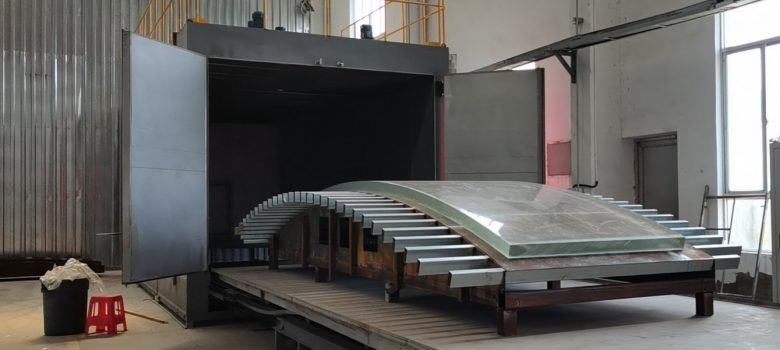
When it comes to forming acrylic this amazingly flexible creation can be formed into a variety of shapes and sizes using several different forming techniques.
Among the forming techniques that can be used on acrylic are:
- Cold forming – which involves bending acrylic sheets without applying heat.
- Line bending – which is a method of forming a sharp bend in an acrylic sheet.
- Oven heating – where an entire sheet of acrylic is heated to forming temperature in an oven.
- Drape forming – where after reaching forming temperature, an acrylic sheet is draped over a mold covered with flocked rubber or flannel.
- Free blown forming – which involves clamping a heated acrylic sheet beneath a forming template and applying compressed air through an orifice.
When it comes to forming acrylic this amazingly flexible creation can be formed into a variety of shapes and sizes using several different forming techniques.
Among the forming techniques that can be used on acrylic are:
But probably the most common way to form acrylic is to use a process known as thermoforming, which requires heating the material above its glass transition temperature and applying sufficient pressures and load while hot to obtain the desired shape. While maintaining the application of load, the part is cooled and the shape is thereby retained.
Here is what the Handbook of Acrylics has to say about thermoforming:
Forming temperatures vary considerably and are related to the grade of acrylic. Temperatures are usually from 230 to 360°F (110 to 182°C), with the exception of stretched acrylic which is formed at 220° F (104°C) or slightly lower.
The forming temperature for a particular acrylic and the required shape must be carefully controlled in most cases: if it is too low, the shape may not be retained because of the high residual stresses which can also cause crazing in service; if it is too high, the acrylic can tear during formation.
An optimum forming temperature is dependent upon the grade of acrylic, the thickness of the material, the method of formation, and the required shape.
Forming temperatures are commonly derived from test data defining the tensile modulus of elasticity as a function of temperature and are subsequently refined on the basis of forming experience.
In many cases, the desired shape is a free-formed surface which requires only periphery contour control, while the body contour is developed through the application of pressure and the free movement of the material.
More complex shapes may require the use of full-surface dies for either a single surface or a matched two-surface configuration.
Application of the loads necessary to move the acrylic to the desired shape can be achieved by pressing a die surface against the material through the reaction of a matched die, applying a vacuum pressure between the material and the die, or applying pressures greater than ambient to the surface of the acrylic away from the die.
In the case of free forming, either vacuum or positive pressures are used.
Some instances require combinations of these loads and variations in material temperatures.
The rate at which the shape is developed and the rate of cool-down are important to the quality of the product.
As previously noted, residual strains, which subsequently can cause surface crazing, can result if careful control is not exercised. These strains can also cause the part to distort in shape, resulting in either an inherent deficiency or a mismatch when the mating surfaces are joined.
If a temperature which exceeds the forming temperature is experienced subsequent to forming the acrylic, the part will relax and tend to return to its original flat sheet form.
Acrylic sheets can be heated and formed to provide anything from gently curving walls to underwater tunnels. Proper heating and cooling techniques will provide a memory-free formed acrylic sheet.
There can be multiple radii in one sheet and the inside radius can be as tight as three times the thickness of the sheet.
During thermoforming, precautions must be taken to insure that the temperature across the whole cross section of the panel is uniform and in the specified range. For thick cast panels, the range of temperatures for thermoforming is the same as for thinner sheets, 275°F to 300°F.
The thermoforming process of thick aquarium panels is an expensive process because it requires the use of a very large oven for a very long period of time, operated under a very tight temperature schedule.
During heating of the panel to the thermoforming temperature, the temperature rise of the oven interior must be kept low, the soaking period very long, and the cooling down rate very low. For example, the total oven time for an 8-inch-thick panel is about 210 hours or almost 9 days.
Some fabricators will increase the oven temperatures to try and force the acrylic panels to the proper forming temperatures faster.
If the oven temperatures are allowed to exceed 315°F for an extended period of time, damage to the acrylic panel surface will occur.
